Mysterious 17th-century 'cauldron' may be primitive submarine used to salvage treasure from a sunken galleon
The object was found on the seafloor off Florida, near the wreck of a Spanish treasure galleon.
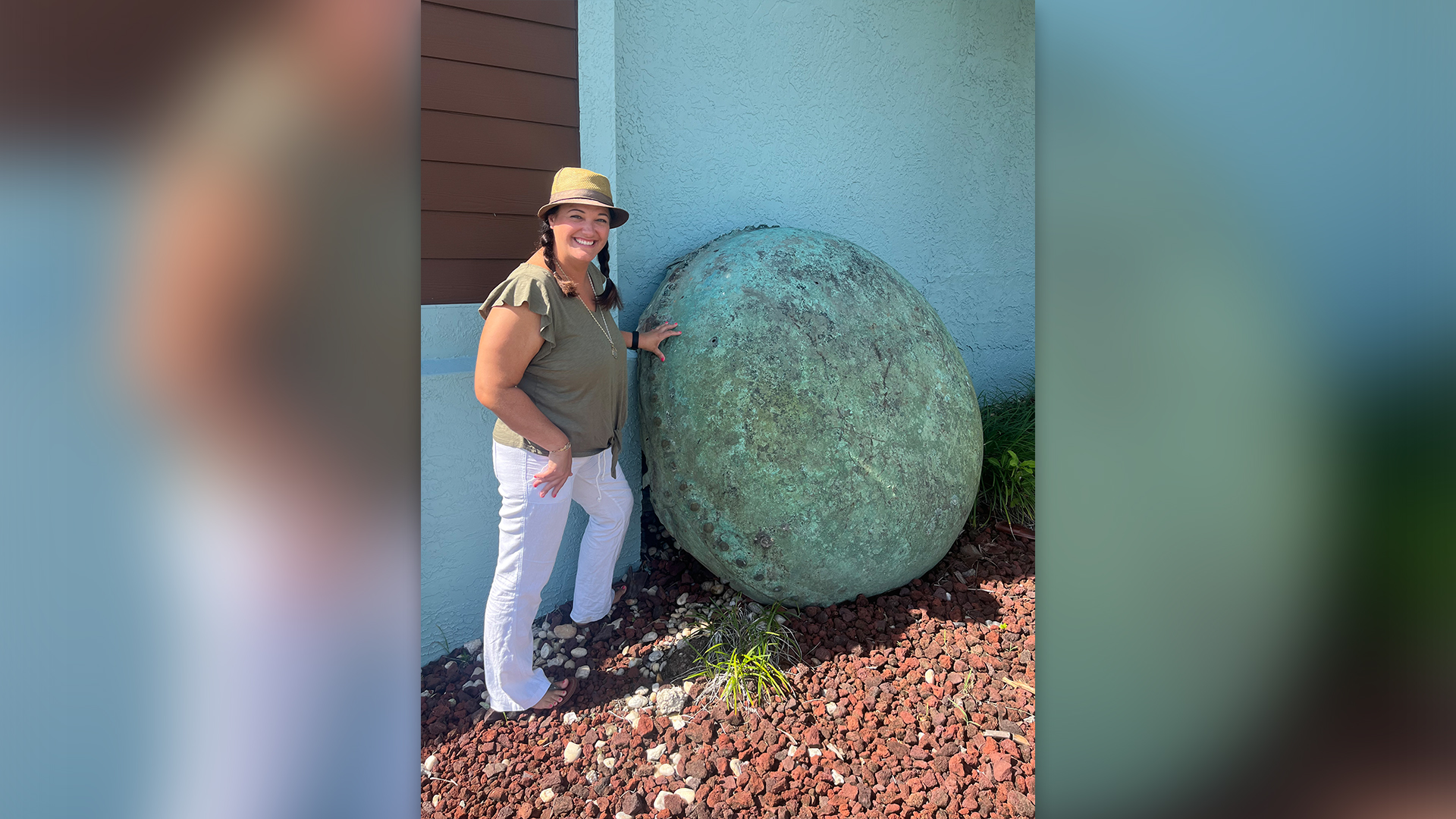
A copper dome recovered from the bottom of the ocean may be the remains of a 17th-century primitive submarine known as a diving bell — one of the world's first, and the earliest ever found.
The dome was found in 1980 near the 160-foot-deep (50 meters) shipwreck of the Santa Margarita, a Spanish treasure galleon that sank in 1622 in the Florida Straits, about 40 miles (65 km) west of Key West.
The discoverers assumed the circular object was an oversized cooking cauldron, and it's been housed ever since at the Mel Fisher Museum in Sebastian, Florida.
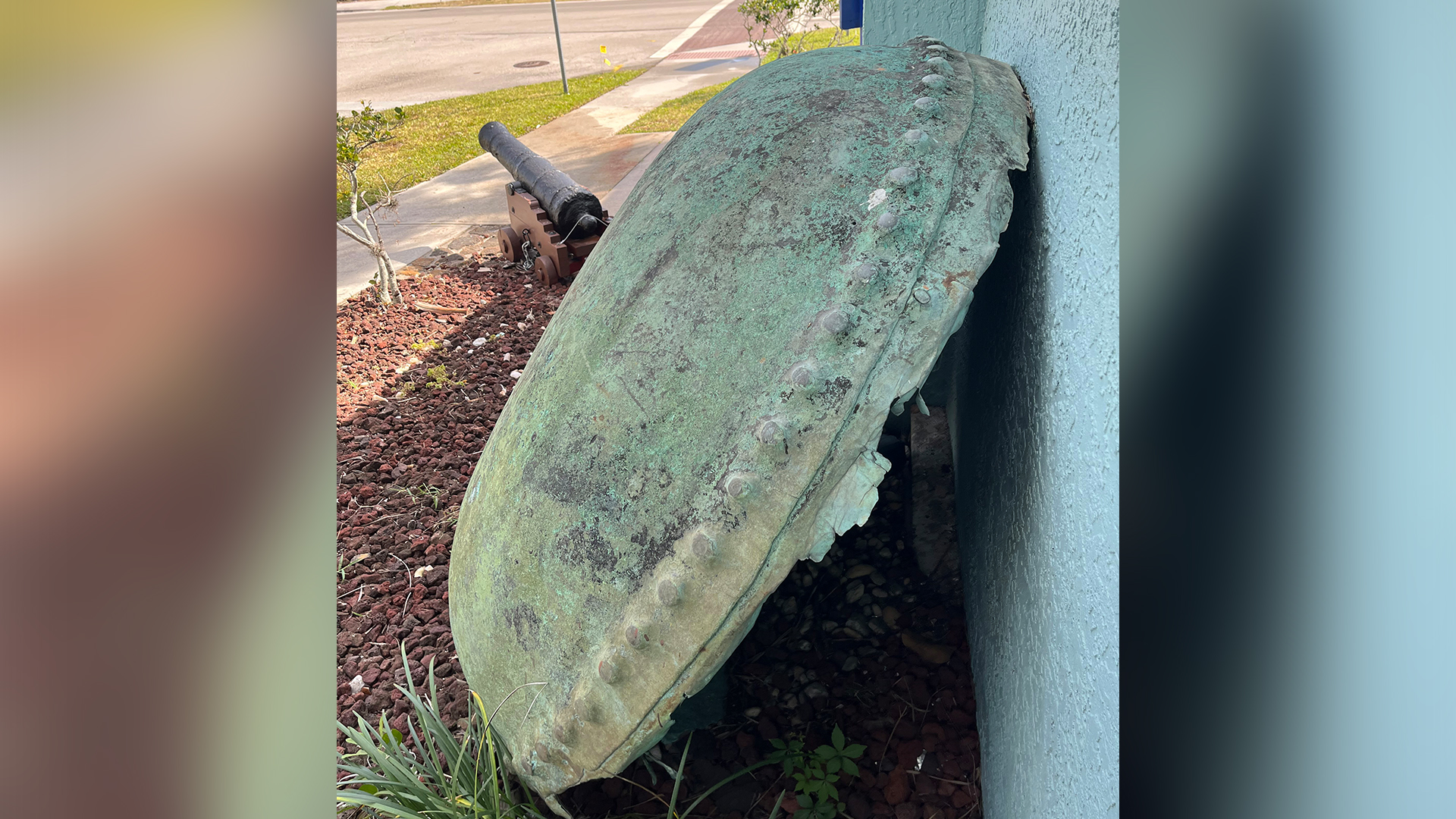
But new research suggests the object may actually be the top of an early diving bell lost during a salvage of the treasure ship a few years after it sank. These primitive submarines were sometimes used by divers in shallow waters; they are often open at the bottom and filled with air.
"There's all these convergences of information, and they seem to all point in one direction," Sean Kingsley, a maritime archaeologist and editor of Wreckwatch magazine, told Live Science.
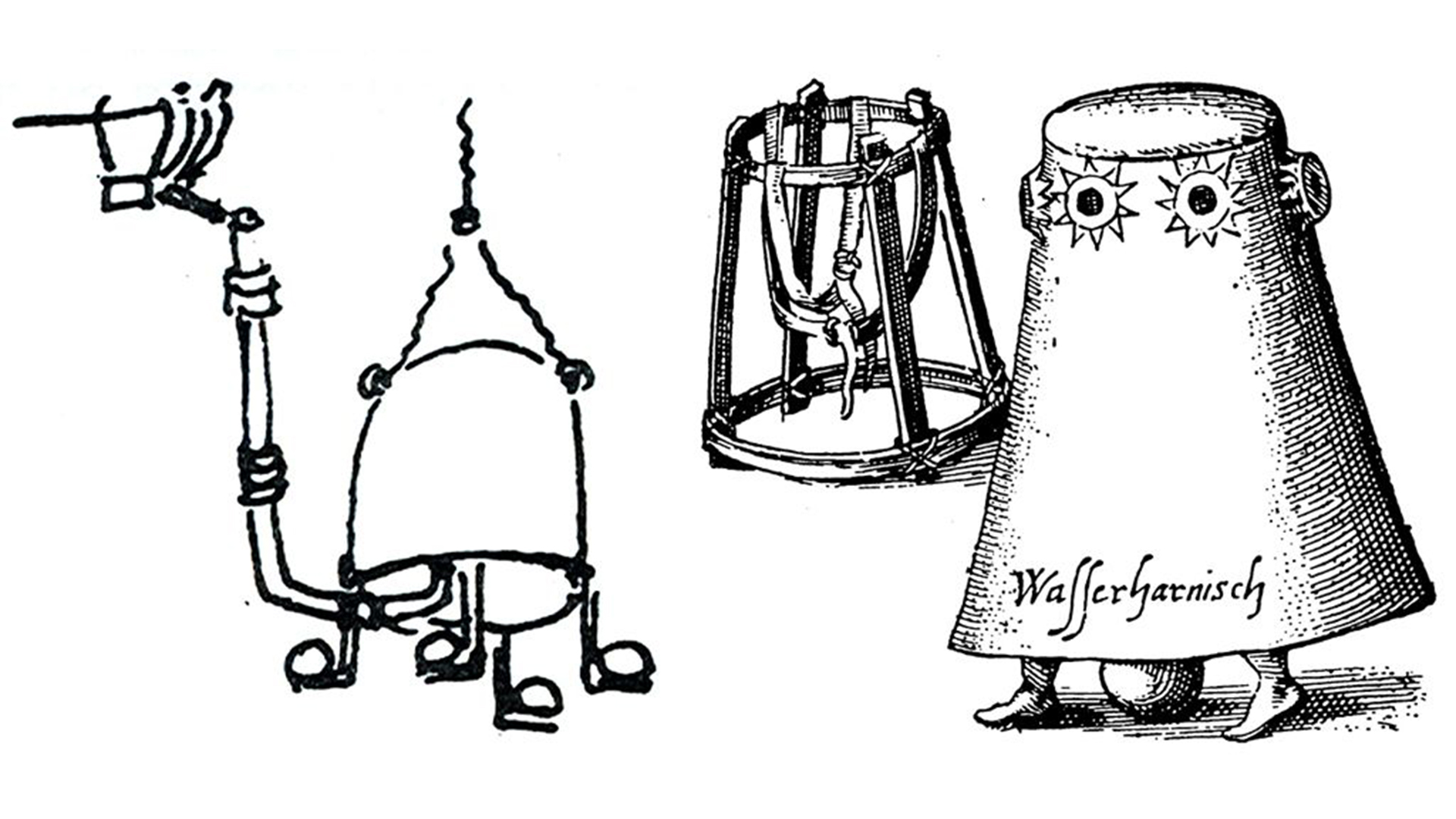
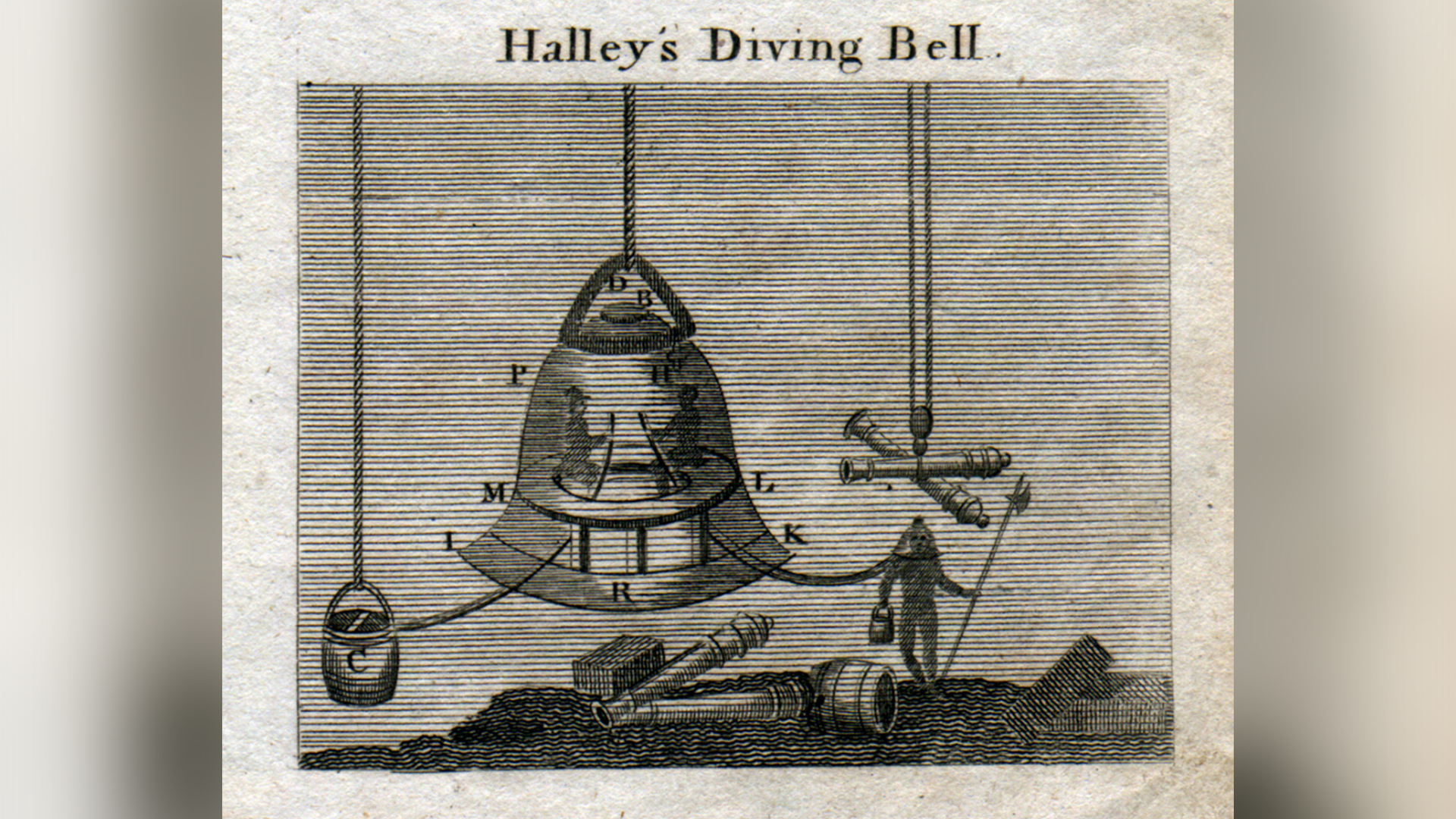
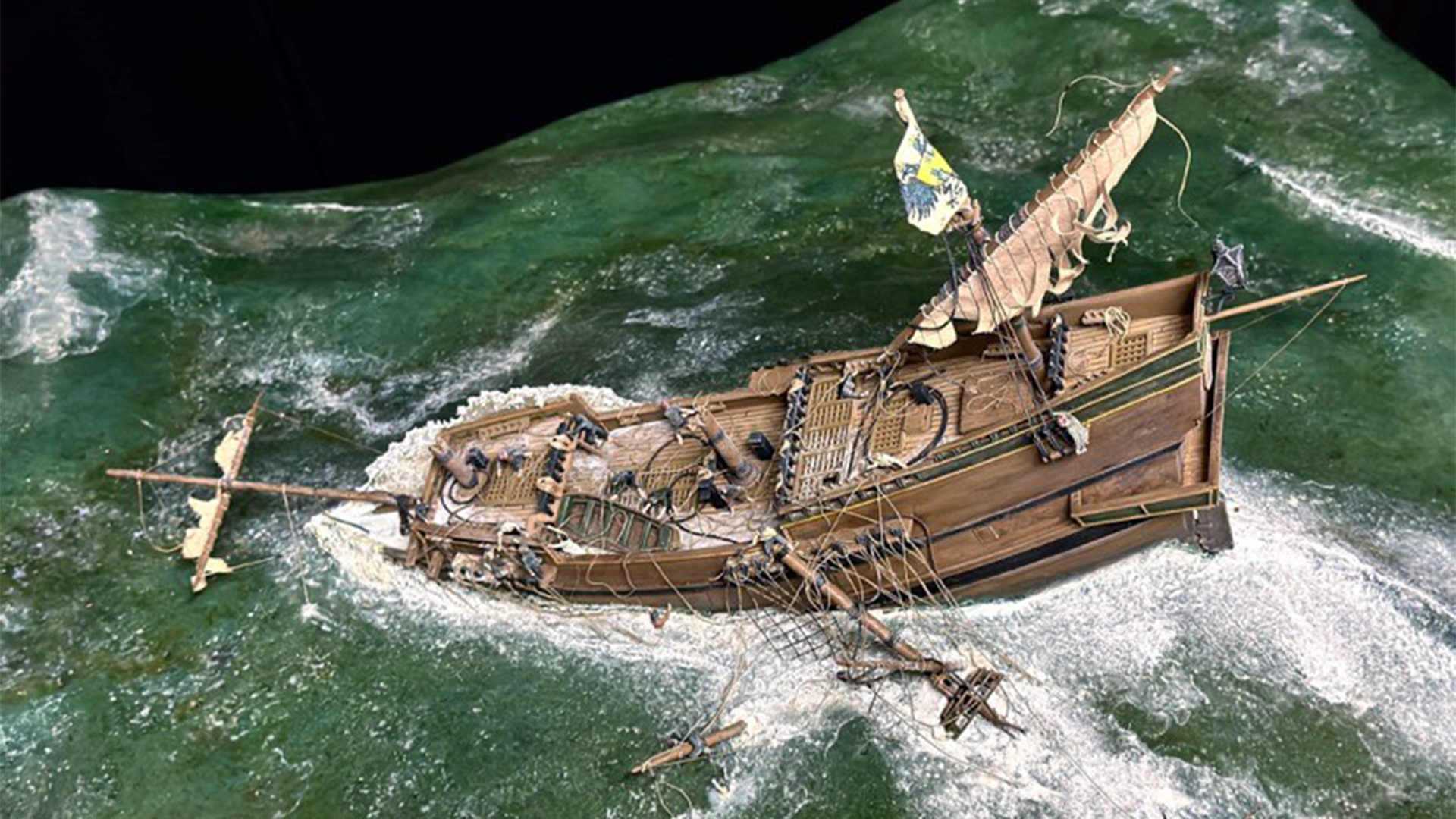
Related: Colombia moves to salvage immense treasure from sunken Spanish galleon
Kingsley and maritime archaeologist Jim Sinclair — a member of the team that recovered the object — detailed their reasons for proposing the artifact is a diving bell in the magazine's latest issue.
Sign up for the Live Science daily newsletter now
Get the world’s most fascinating discoveries delivered straight to your inbox.
Copper 'cauldron'
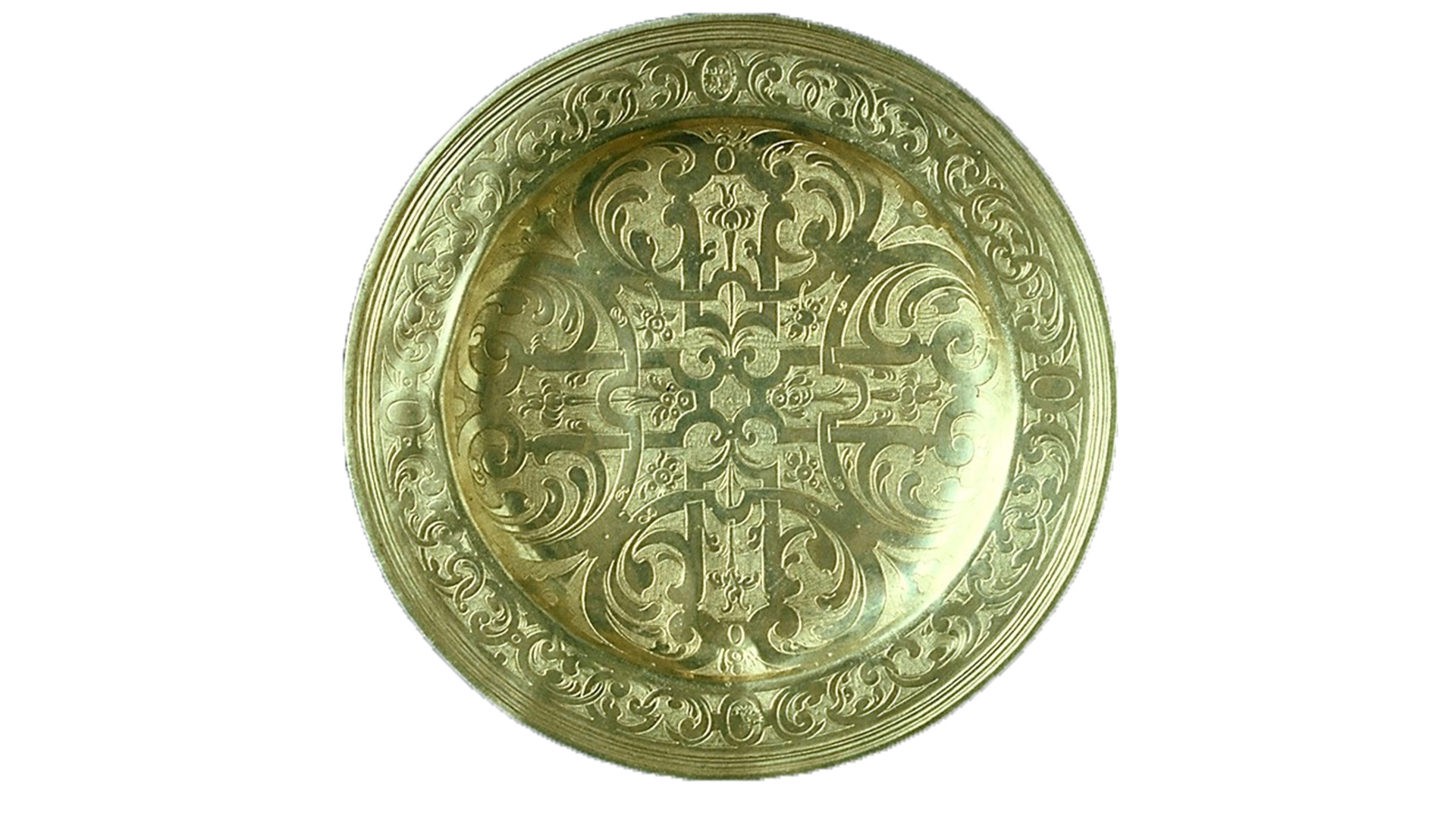
According to Sinclair and Kingsley, the object is 147 centimeters (58 inches) in diameter — much too large for cooking — and that there are no signs of charring or heating.
It seems to have been made from two copper sheets, and there is a heavy rim studded with copper rivets all the way around it.
"Everybody was calling it a copper cauldron," Sinclair told Live Science. "But I've seen quite a few old wooden ships, and [cauldrons] didn't look anything like that."
However, the mysterious object matches descriptions of diving bells made at this time, and it was found near a large number of iron ingots that the researchers think were used to anchor it to the seafloor.
Sinclair and Kingsley noted that while there's no record of such a diving bell being used to salvage treasure from the Santa Margarita, the salvager Francisco Nuñez Melián — a Spaniard then based in Havana — described casting such a diving bell in his writings in 1625.
Sinclair thinks the object is what's left of the diving bell described by Melián, or the remains of an earlier diving bell lost in the area. He suggests the dome was the top of the diving bell, and that it was surrounded by several watertight lower panels, perhaps made of wood and leather covered by metal that have since been lost.
The researchers suggest the diving bell would have been big enough for three divers to use, and that it may have been connected to an air hose.
Early divers
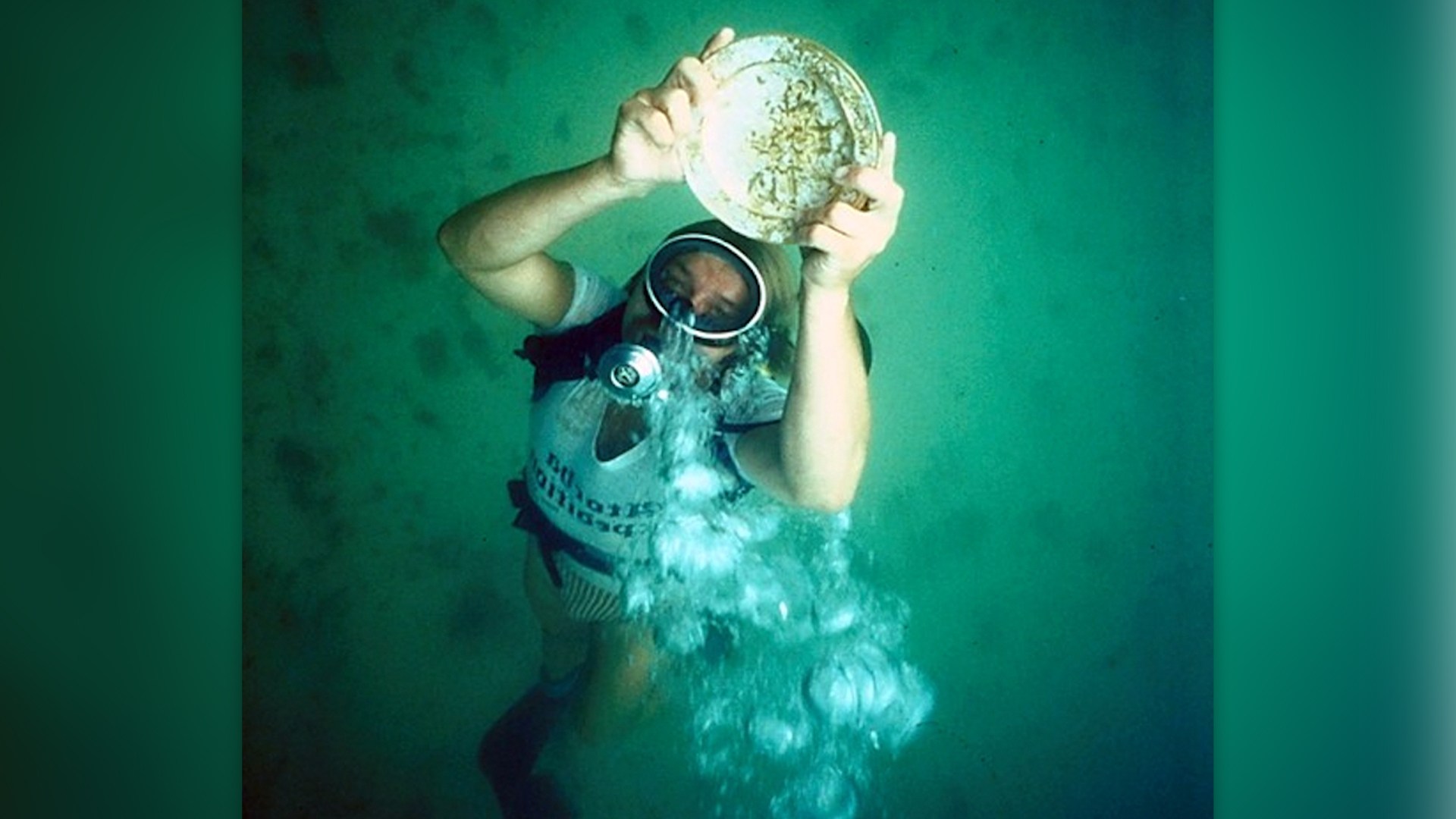
While historical records don't mention that a diving bell was used on the Santa Margarita wreck, Sinclair and Kingsley note that the Spanish were early pioneers in this field. They suspect the device was based on a diving bell tested in 1606 by the inventor Jerónimo de Ayanz, whose design was later used to gather pearls in Venezuela.
Sinclair also suggested the reported success of the Santa Margarita salvage in the 17th century could indicate a diving bell had been used: Melián reported they'd recovered 350 silver ingots, thousands of gold coins and eight cannons from the wreck.
The discovery hasn’t yet been detailed in a peer-reviewed study. But Joseph Eliav, a maritime archaeologist at the University of Haifa, told Live Science that it was possible the mysterious object was part of an early diving bell.
"All I can say, based on the photographs, is that this artifact being the top of a diving bell is a plausible hypothesis," he said in an email.
Eliav was not involved in the latest research but has studied the diving apparatus used in 1535 in Italy's Lake Neri — the earliest known use of a diving bell. He noted that the lower sections of the possible Santa Margarita diving bell seem to have been attached to the dome with the remaining ring of rivets, which deserved further study.
"This seam had to be watertight, so any indication of something like a seal or caulking between the two parts, or perhaps some kind of welding, may corroborate the hypothesis," he said.
Tom Metcalfe is a freelance journalist and regular Live Science contributor who is based in London in the United Kingdom. Tom writes mainly about science, space, archaeology, the Earth and the oceans. He has also written for the BBC, NBC News, National Geographic, Scientific American, Air & Space, and many others.









